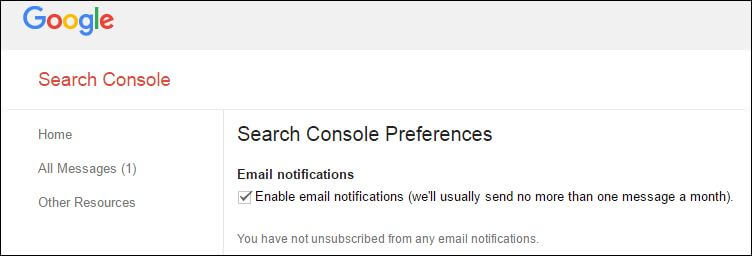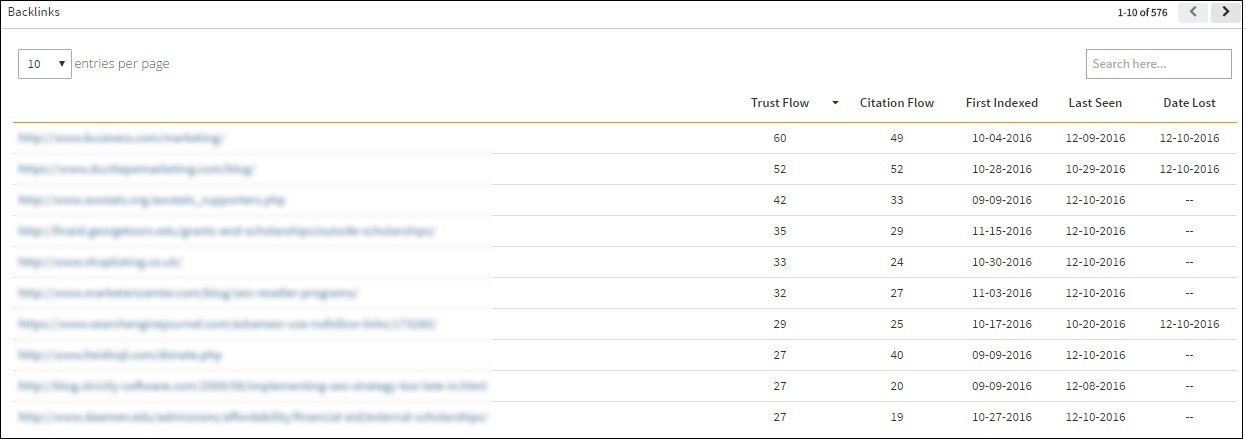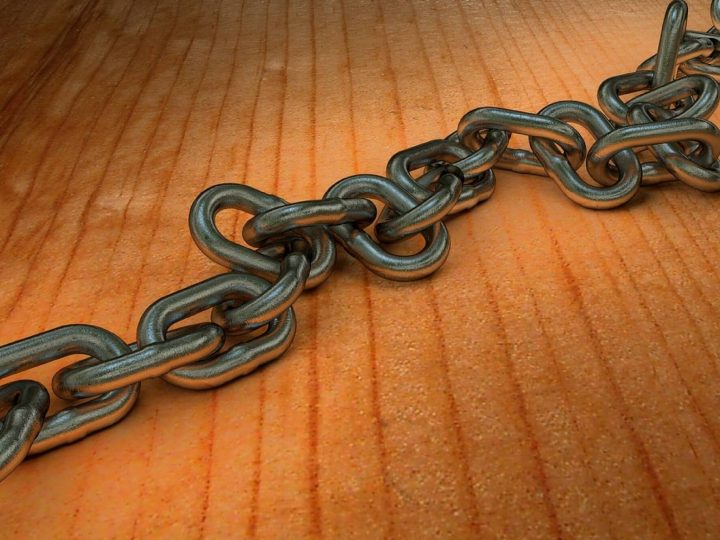
The digital landscape is like one big arena where the strongest contenders emerge on top. With the competition becoming fiercer by the day, and Google changing algorithms to make the digital sphere better for users, you need to pull all the stops to win against other websites.

Just like in a battlefield, not everyone plays fair. Despite your chivalrous efforts of emerging as a victor in the digital landscape, there will be those who will try to bring you down even if it means venturing into the dark side of search. That’s where negative SEO comes in.
What is negative SEO?
When you hire an agency to optimize your website, and they use different white hat tactics to gain traffic, that’s what we call good SEO. Negative SEO, on the other hand, attacks your website by doing malicious link building tactics, creating fake reviews, and even hacking your site to prevent it from ranking.
[perfectpullquote align=”full” cite=”” link=”” color=”” class=”” size=””]The worst that could happen is losing revenue because your site is not ranking and is unable to reach your target visitors.[/perfectpullquote]
What happens if you’ve been encountered an SEO attack? Your website will experience sudden traffic drops even if your site is healthy and didn’t face any Panda or Penguin penalties. You will likely not experience any changes in rankings even after doing extensive site optimization. The worst that could happen is losing revenue because your site is not ranking and is unable to reach your target visitors.
How Can Such Attacks Slip Past Google?
It’s simple – Google can detect if your website has spammy links, but it can’t tell who built those spammy links to your website. The least it can do is devalue the spammy websites that are linking to you – we have Penguin 4.0 to thank for that. Moreover, if the negative SEO attack was too elaborate, Google is less likely to figure out who was responsible for these actions.
At times like this, it’s up to your SEO specialists to handle the issue and ensure your website is protected against these tactics.
Protecting Your Website from Negative SEO
Some website owners are fortunate to bounce back quickly after experiencing an attack because they have a contingency plan. Others are not so lucky – and you shouldn’t be like the “others”. If your site has a solid SEO strategy, you have a stronger chance of thwarting an attack.
Here are some steps to keep your site protected against negative SEO:
1. Set up Alerts in Your Google Search Console.
Your SEO specialist will likely setup your Search Console account to get data on your traffic performance and website position. More than that, they use Search Console to monitor the health of your site, especially in detecting any kind of manual actions. Search Console has an alert system that will send email notifications to you in case anything happens to your website.

2. Monitor Metrics Regularly.
SEO specialists use different tools to monitor your metrics. Siteoscope, for instance, provides you an in-depth about your traffic, such as:
○ Amount of traffic going to your site
○ Locations where your traffic is coming fpm
○ Devices used to access your website

This not only helps your SEO specialist come up with a strategy for improved site optimization, but also helps them see any inconsistencies with specific metrics.
3. Keep Your Backlink Profile Clean.
The most common tactic negative SEO attackers use on unsuspecting websites is sending them thousands of low-quality backlinks. A good SEO specialist knows how to use different tools to provide your website some form of leverage against these link building tactics.

If you’re using Siteoscope, you can compare the backlinks with your competitors and get a breakdown of the links to your site. By keeping a close eye on your backlink profile, you have more chances of countering a negative SEO attack.
4. Protect Your Links.
Attackers will not just target any link pointing to your website – they’ll go for the best ones that are driving value and traffic. The most common tactic they’ll use to target high-quality links is by creating a fake email account and sending a request to remove your best links. To prevent this from happening, use an email address with your domain when sending requests to Google Webmasters. This will help you recover those removed high-quality links in case someone posed as you and made a fake link removal request.
5. Build Quality Backlinks.
[perfectpullquote align=”right” cite=”” link=”” color=”” class=”” size=””]Building high-quality links works hand in hand with establishing your authority.[/perfectpullquote]
As much as you want to keep your link profile clean, you also need to get as many high-quality links as possible to your website. If you only have a few thousands or hundreds, you’re more vulnerable to negative SEO attacks. High-quality links serve as a wall that protects your website – the authority of these links have more weight than spammy websites.
Building high-quality links works hand in hand with establishing your authority. If you want to get links from websites with a high DA, you need to provide content that they can link back to. Write case studies, publish infographics, or create images that others can use to link back to your website.
6. Get as Many Positive Signals as You Can.
Positive reviews, mentions, or any kind of viral activity that spreads a positive image about your website and helps you build credibility can also serve as a shield against negative SEO. Don’t resort to black hat SEO – make sure your SEO specialists are legit and follow ethical strategies.
Setting up and optimizing your profiles on business listings is a great way to get reviews from customers that can serve as positive signals. But, you have to be proactive in monitoring your reviews — listings can also be a gateway for negative reviews. You can use Google Alerts and Mentions to find out what customers are saying about your business. This opens opportunities for engagement. If customers sent a negative review, you can write a response and offer ways to compensate for the issue at hand.
It’s sad to see that negative SEO is still a problem that many website owners face today. But, the fight against this type of attack is all about being proactive. As long as you keep reinforcing your defense with a solid SEO strategy, you keep negative SEO at arm’s length from your website.




